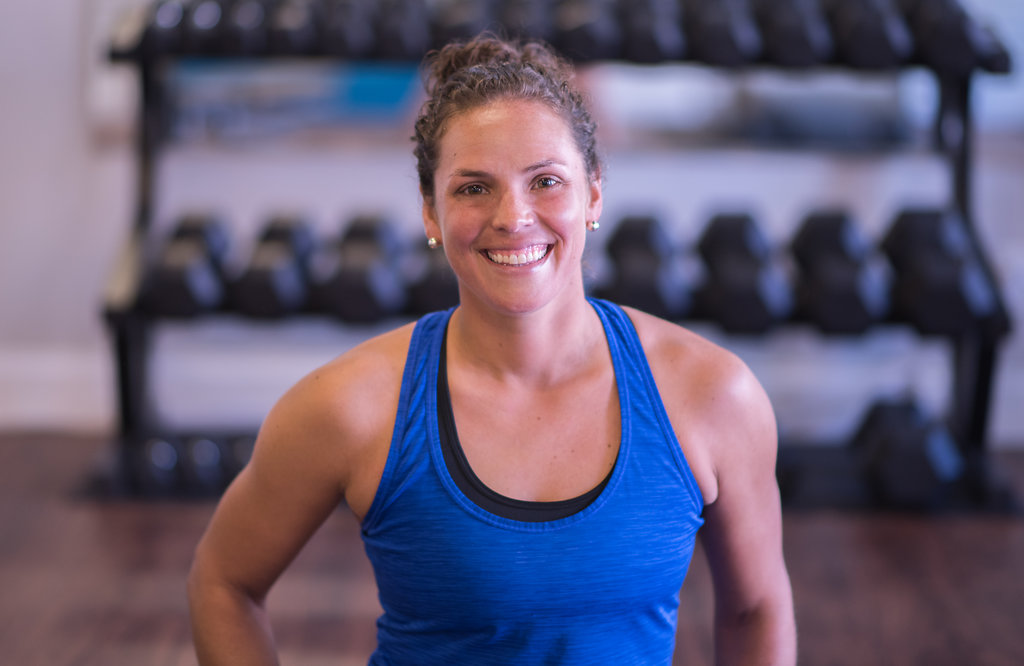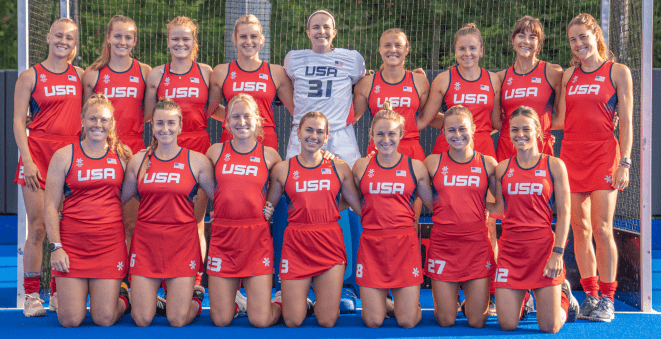Let’s discuss the “dark” side of sports…injuries.
It’s not a matter of if it will happen, it’s when. They are inevitable as an athlete.
In 2021 there were 120,000 knee injuries in the United States, mostly found in high school and college athletes, according to the National Library of Medicine.
The typical history of a patient with an ACL injury involves either a non-contact deceleration, jumping, change of direction (cutting), or a direct impact on the knee. Other contributing factors: genetic predisposition, hormone levels, narrower notch width, and differences in cutting and landing biomechanics.
Another risk that’s becoming a leading cause of ACL tears is training year-round in a single sport. Youth are starting sports at an earlier age and engage in year-round, high-intensity workouts.
Just to clarify, the ACL ligament runs diagonally across the knee, which helps to stabilize it.
How do you prevent a knee injury?
I believe less time on the field and more time working on basic strengths and movements at a young age (ages 10-13) will help to prevent injuries. Scaling back on year-round sports and giving the body a rest day are imperative. Athletes and parents need to learn how to balance a schedule, which includes at least one day of rest each week. Sleep and nutrition are of high importance as well. Your body is growing – it is not the time to push it at a young age. You want to look at the big picture of not only your athletic career, but a lifetime with the only body you were given.
What to do if you have an injury?
It’s important to find a surgeon that you trust along with a strong Physical Therapy staff. I recommend meeting with a couple different surgeons to find the right fit. I think it’s easiest to work with the same Physical Therapist that the surgeon works closely with, because the communication between them will be often and useful. Once that process ends, I highly recommend post physical therapy training.
Neither am I a physician, nor am I a physical therapist. My expertise is after the surgeon clears you and the Physical Therapist is ready to hand you over – then a qualified Personal Trainer takes the reigns.
Top three reasons everyone should consider post-physical therapy training:
Post-physical therapy is when you are finishing physical therapy and you hire a personal trainer, who is experienced and specializes in the field. A personal trainer can stand in the gap between physical therapy ending and an athlete returning to the court or field.
1. Mentally -every athlete, whether they will admit it or not, has a fear of getting back on the field or court. Will I re-injure myself? Will I play like I used to? Will I be as fast as I used to be?
Watching teammates continue to compete is tough. Use that time to learn from them. What would you have done in that situation? Learn to be a strong and supportive teammate off the field. Take this time to study the game more.
2. Physically – you should be working with a professional for a minimum of one year post surgery, and I highly recommend two years for post-surgery. You will have strength deficits that you need to improve.
You need to become stronger than you were before, which requires multiple days each week of strength training. Your trainer should stay in contact with your Physical Therapist for assistance on your progression and programming.
3. Support – it’s not a race to return to play when you are an adolescent. Every recovery is different, so you shouldn’t compare yourself to someone else. It’s a gradual progression when you re-enter practices and eventually games.
Your first touch on the ball will be slow and your mind will move quicker than your body. You need to be reminded that it’s not only normal, but you will also return better than you were pre-injury.
Personal trainers push you and hold you accountable to get more than ready to compete again. You’ll be monitored so you don’t progress too fast. Studies show that your chance of retearing your ACL in the first two years post operation are as high as 30 percent. There will be bumps in your recovery but having a team of professionals to lean on, we will guide you to success.
I am grateful that I have never torn my ACL, though I have dealt with other injuries. In 2019, I had a post Ischial tuberosity tear while I was trying a trick on water skis. Your Ischial tuberosity is also called your “sit bones,” meaning the bones that support you while you’re sitting.
To summarize quickly, my entire hamstring and tendon ripped off near my tailbone. It was a devasting and life-changing injury in my late 30s.
I thought, how will I ever walk or run again? How will I sprint again, change speed and direction, in order to umpire? How will I sit without pain or stiffness? How will I demo a proper squat to a client? Will I be able to ski again – something that my family enjoys doing together.
The injury humbled me and is the reason why my fitness studio offers post-physical therapy training. When physical therapy ends after four months, what’s literally the next step?
It’s a crucial time in your recovery when you can now walk, and jog, and your muscles start to return.
You learn a lot about yourself during a major recovery. It’s a moment to show your character. You have a decision to crumble or fight.

When I was learning to walk again – there were moments I wanted to crumble. I made the decision to not take one day off of work, not to make any excuses, and to make myself better from the experience.
I love to cook and bake. The pain of standing on crutches in the kitchen and trying to cook a meal for my family was tough. I would burn myself, drop things. I had to ask for help, which isn’t something I like to do.
I lost friends. I was busy getting myself healthy while life continued around me. I couldn’t dress myself during the four months post-surgery. But my family and I found moments that were funny to us.
Find moments to laugh. Don’t be afraid to cry. Crying is not a sign of weakness. Keep perspective and take one day at a time.
*This column was originally published as ‘On the front lines with ACL prevention and physical therapy training afterward.’
Mary Driscoll’s health and wellness column publish every other Thursday.




